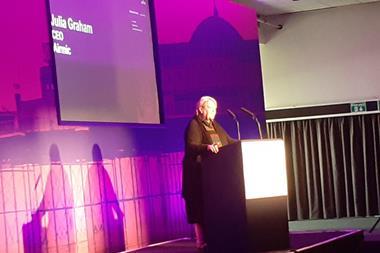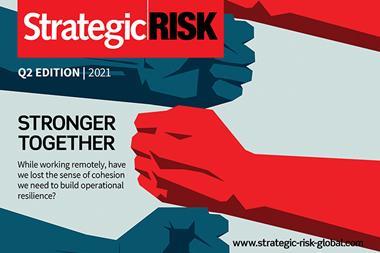Risk managers must help “top management understand the risks of not adopting a clear strategy on sustainability” – Valentina Paduano
The most common mistakes made by management in respect of corporate social responsibility (CSR) “is thinking they have a lot of time to manage the [risks] and so they postpone any decisions,” warns Valentina Paduano, chief risk officer & sustainability director at Sogefi Group.
Speaking to StrategicRISK before taking her seat on today’s panel debate, How can risk management help business build a sustainable economy? Paduano says, “Often sustainability risks have a long time-horizon of occurrence, outside [the scope of] the business plan. The common mistake made by the management is thinking they have a lot of time to manage these [risks] and so they postpone any decisions.”
But sustainability can help drive up business profitability and create value, she argues.
“Business is focused on profitability. Sustainability is everything that can increase profitability. How? Usually by enhancing the brand reputation,” she says.
The environmental and societal benefits must also be considered seriously by business. “South Africa, for example, is particularly vulnerable to the physical impacts of climate change, in particular droughts and increased temperatures (above global average),” says Christopher Palm, chief risk advisor to the IRM, South Africa, and who will also speak on today’s panel.
“A strategic risk process is essential in identifying these integrated problems and defining appropriate solutions. It requires being proactive and developing solutions that ensure security of supply through appropriate investment, but that also minimise socio-economic implications and protect the poor,” he adds.
And risk managers have a key role to play in that they must help “top management understand the risks of not adopting a clear strategy on sustainability,” says Paduano.
“Sustainability is mainly a ‘compliance’ activity, so it is very difficult to add value for the business. If sustainability is managed as well as other business activities, it will be easier to provide a concrete response to the new market and regulatory trends.”
“The challenge is to focus the discussion on pragmatic and concrete effects on the business to keep the attention of the top management,” says Paduano.




















No comments yet